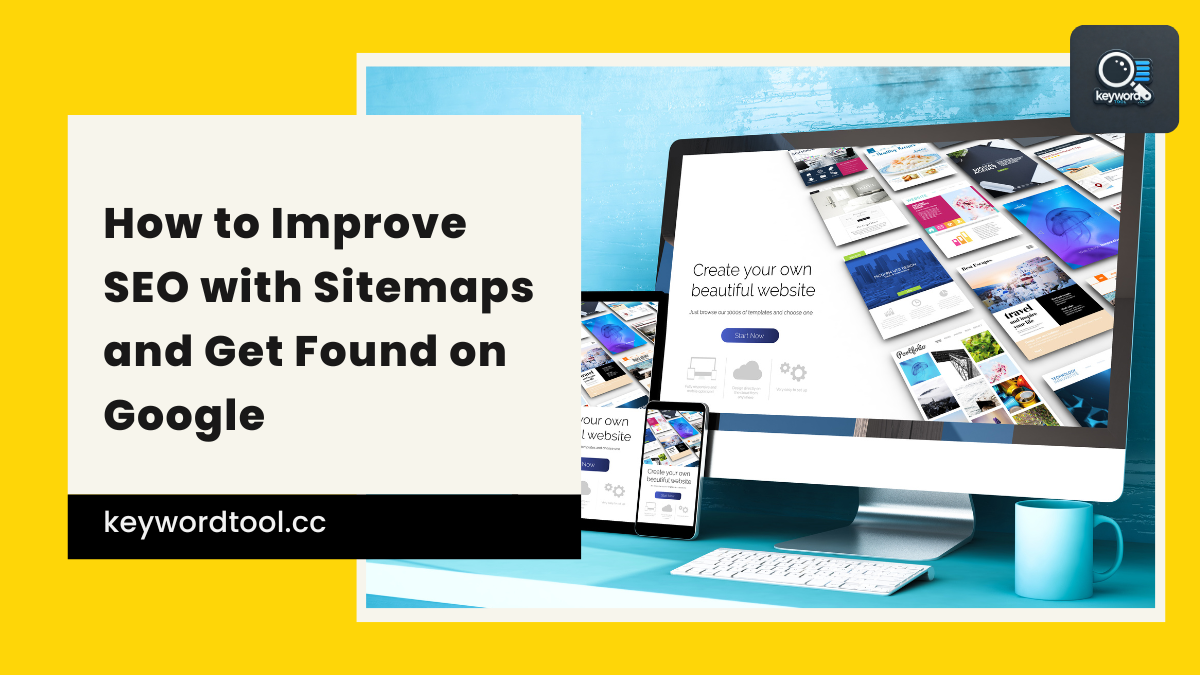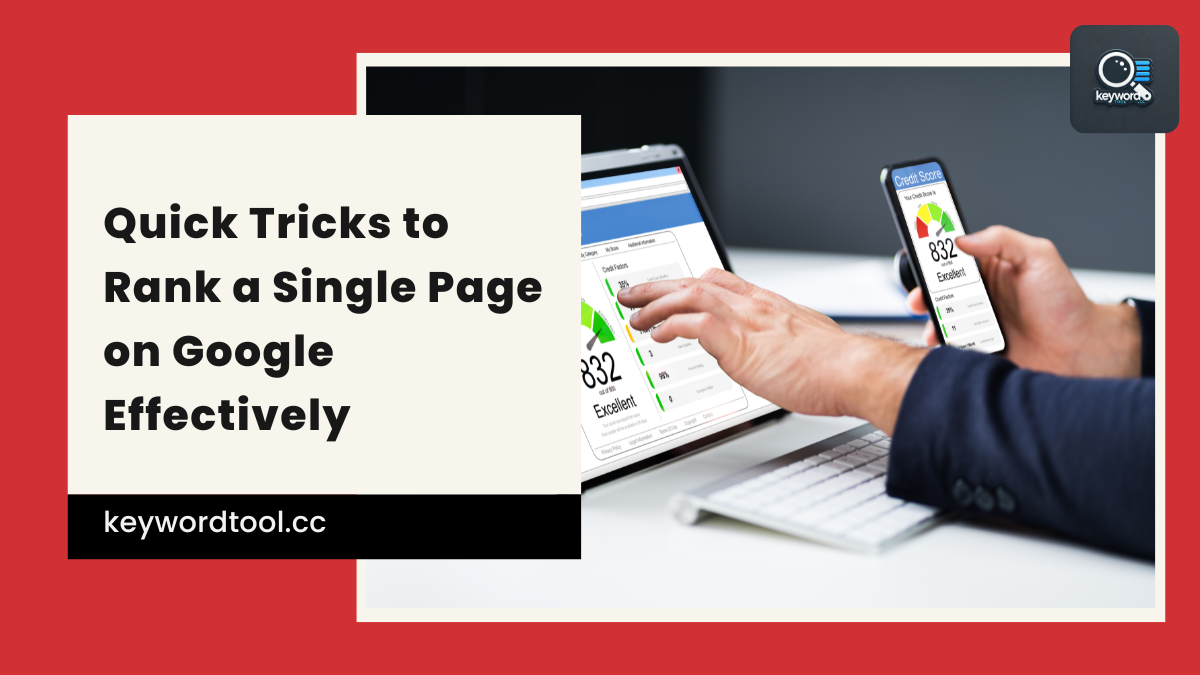Running Facebook ads without tracking sales is like throwing darts in the dark—sure, you might hit something, but you won’t know what or why. If you’re spending money on ads, you deserve to know exactly what’s working and what’s just burning your budget. Learning how to track sales from Facebook ads isn’t rocket science, but it does take a few smart moves (and maybe a little caffeine). This guide breaks it down step-by-step so you can stop guessing and start measuring what matters—like actual dollars in your pocket. Let’s turn those clicks into clear results, fast.
Install Facebook Pixel for Accurate Tracking
Start by setting up Facebook Pixel on your website. This small piece of code lets you see what people do after clicking your ad. It tracks actions like page visits, product views, and purchases. Without it, you’re flying blind.
Once installed, the Pixel collects data about user behavior. You can spot which ads bring in buyers and which ones just eat up budget. Better insights mean better decisions.
To install it, go to your Facebook Events Manager and create a new Pixel. Copy the code and paste it into the header of your site. If you’re using WordPress, this process gets easier with tools that support integration—no coding skills needed.
Want more than basic tracking? Use tools that connect multiple platforms in one place. For example, track sales from Facebook ads while also checking how Pinterest campaigns perform—all from one dashboard.
That’s where something like Squirrly’s Social Media Tracking & Optimization Tool comes in handy. It works with Facebook Pixel and other major platforms to help you monitor conversions without juggling five plugins at once. You get to see how all your social media efforts add up—and make changes fast when something isn’t working.
When you know which posts convert and which don’t, you waste less money guessing what works. You can test different ad versions or audiences based on real numbers—not hunches.
Let Squirrly Handle Your Metrics.
Setting up proper tracking is not just smart—it’s necessary if you want to stop spending blindly on ads that don’t deliver results. With clear data flowing in from tools that sync with Facebook Pixel, you’ll have everything needed to adjust quickly and stay ahead of wasteful ad spend.
Use UTM Parameters to Monitor Campaign Performance
Facebook Ads can send traffic your way, but figuring out what actually drives purchases takes more than glancing at a few numbers. That’s where UTM parameters come in. These short bits of text get added to the end of your ad links. They help you see exactly where your clicks come from and which ads lead to real results.
When you add UTM codes to your Facebook ad URLs, tools like Google Analytics can sort the traffic properly. You’ll know if someone clicked from a specific campaign, which version of an ad they saw, or even which audience segment responded best. This matters because Facebook’s built-in reports don’t always tell the full story. They may show clicks and impressions, but not always how many people bought something after clicking.
With UTMs in place, it’s easier to track sales from Facebook ads and compare them across multiple campaigns. You can test different headlines or offers and immediately spot what works better by looking at actual conversions—not just likes or shares.
To make things smoother, use a tool that connects all this tracking without extra steps on your end. For example, Squirrly SEO’s Social Media Tracking & Optimization Tool for WordPress integrates with platforms like Facebook Pixel and Pinterest Rich Pins. It helps track eCommerce performance across social networks, so you don’t need ten browser tabs open just to figure out what’s working.
If you want fewer headaches while watching every dollar count: Let Squirrly Handle Your Metrics. You’ll still be in charge—just with less guesswork.
Adding UTM tags doesn’t take long either. Once set up correctly, each campaign becomes easier to measure and improve over time. Instead of wondering why one post got more attention than another, you’ll have hard numbers showing what led to actual revenue—not just noise on your feed.
Track Sales from Facebook Ads Using Conversion Events
If you want to track sales from your Facebook ads, start by setting up conversion events. These events tell you when someone completes a purchase after clicking your ad. Without them, you’re basically guessing what works and what doesn’t.
To begin, use Facebook Pixel. Install it on your website if you haven’t already. Then, create a custom conversion event that fires only when a specific action happens—like someone lands on the “Thank You” page after buying something. This lets you connect each sale to the exact ad or audience that drove it.
You can go deeper by tying these events to product types or price points. Maybe one campaign drives $10 orders while another brings in $100 ones. That’s not just helpful info—it’s money-saving insight. When you know which ads lead to higher-value purchases, shifting budget becomes easy.
Now, let’s talk simplicity because no one has time for 10 dashboards and 6 plugins just to get answers. That’s where tools like Squirrly SEO come in handy. Their Social Media Tracking & Optimization Tool for WordPress connects with Facebook Pixel and other platforms so your tracking stays clean and centralized—no extra steps needed.
It also shows how well your campaigns perform across social networks, including Pinterest Rich Pins if you’re expanding beyond Facebook. Instead of juggling multiple reports or waiting on an agency update, you can check in anytime and see exactly what’s working.
Want fewer headaches? Let Squirrly Handle Your Metrics. You’ll still be the boss—you’ll just have better data at your fingertips.
Once conversion events are set up right, you’ll stop guessing and start measuring real results from each click—and that’s where ROI starts moving fast in the right direction.
Optimize Ad Spend Based on High-Performing Audiences
Throwing money at every audience and hoping for results won’t cut it. To get the most out of your Facebook ad budget, you need to know which groups actually buy. That means digging into data often—not once a quarter, not when sales dip, but consistently.
Start by checking conversion rates tied to specific demographics: age, location, gender—basic stuff that tells you who’s clicking and who’s buying. Then go deeper. Look at interests and behaviors that lead to purchases. You might find that people who like outdoor gear convert better than those following fashion brands.
Once you’ve spotted what works, shift more of your budget toward those winning segments. Don’t just increase spend across the board—cut what doesn’t perform and double down on the ones bringing in revenue. This keeps your cost per sale low while boosting returns.
To do this right, you’ll need solid tracking tools that show exactly where conversions come from. That includes knowing how people interact with your ads across platforms—not just Facebook alone. A tool like Take Charge of Your eCommerce Social Media Metrics with Squirrly makes it easier to track sales from Facebook ads alongside Pinterest and others without needing ten different plugins or a data science degree.
Squirrly ties into Facebook Pixel so you can track who buys after seeing an ad—and which campaign did the heavy lifting. It also helps spot trends over time so you’re not reacting late but adjusting fast.
If you’re ready to stop guessing and start spending smarter, Let Squirrly Handle Your Metrics. You’ll see which audiences pay off—and which ones burn cash without results.
No one has time for wasted clicks or bloated budgets. Make every dollar count by focusing only on the people proven to convert again and again.
Turn Insights into Action and Watch Your ROI Soar
Now that you’ve got the tools to track sales from Facebook ads like a pro, it’s time to put that data to good use. By installing Facebook Pixel, using UTM parameters, leveraging conversion events, and refining your audience targeting, you can transform guesswork into growth. Want to make things even easier? Squirrly’s Social Media Tracking & Optimization Tool for WordPress seamlessly integrates with Facebook Pixel and other major platforms—so you can monitor conversions and optimize campaigns without juggling multiple plugins. Ready to stop guessing and start scaling? Let Squirrly Handle Your Metrics—your ROI will thank you.









